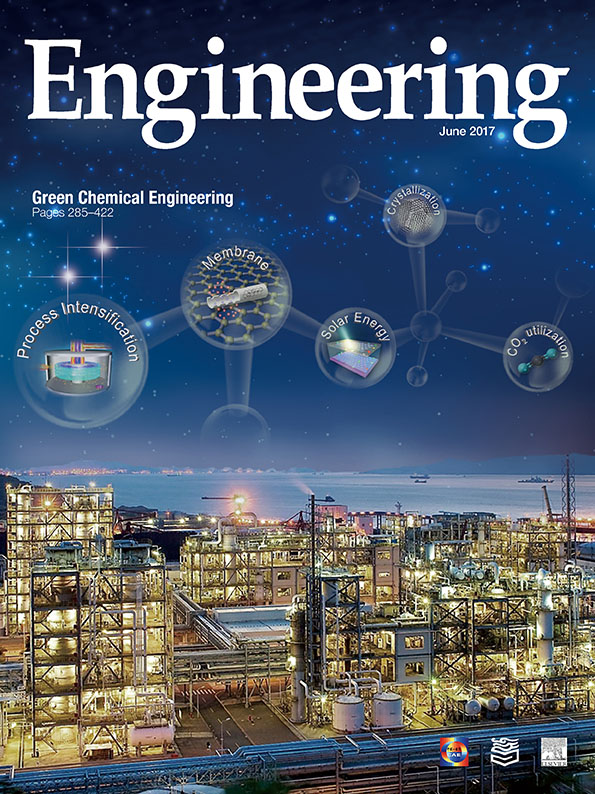《Hydrofluoroolefins (HFOs): New-generation refrigerants and foaming agents》
Hydrofluoroolefins (HFOs): New-generation refrigerants and foaming agents
Hydrofluorocarbons (HFCs), which represent the third generation of refrigerants and foaming agents, do not contribute to ozone depletion; that is, their ozone-depleting potential (ODP) is zero. However, HFCs are listed as greenhouse gases by the Kyoto Protocol because of their relatively high global-warming potential (GWP). Consequently, China and the United States reached a consensus on cutting HFCs during the G20 Summit in 2016. Furthermore, on 15 October 2016, the 28th Conference of the Parties of the Montreal Protocol focused on HFC emission reduction, and the Parties reached an agreement on timetables for reducing HFCs.
Serial products of hydrofluoroolefins (HFOs) represent the fourth generation of refrigerants and foaming agents, and possess several useful characteristics such as low GWP, short survival periods when exposed to the atmosphere, low boiling points, excellent physicochemical properties, and high vapor pressures at room temperature. They are, therefore, considered to be the best substitutes for HFCs.
《Manufacturing technology for HFOs: A new breakthrough and industrialization》
Manufacturing technology for HFOs: A new breakthrough and industrialization
The current R&D on the fourth generation of refrigerants and foaming agents mainly consists of two synthesis routes, which are used worldwide. For one of these routes, the raw materials are readily available and cheap, and HFOs can be synthesized step by step. However, this synthesis route contains several drawbacks, including complicated processes, low one-path conversion and selectivity, multiple byproducts, and high energy consumption. In contrast, the second synthesis route possesses several associated advantages, such as relatively simple processes, high one-path conversion and selectivity, and fewer byproducts. However, its raw materials are scarce and expensive. Moreover, these two synthesis routes, which use different types of catalysts, share the same main issue: The catalysts are easily deactivated due to sintering and/or carbon deposition.
Researchers in China have solved this difficult issue for the first time. A production-learning-research team was formed that consists of the Juhua Group Corporation’s National Engineering Technology Research Center of Fluoro-Materials, the Juhua Group Corporation’s Fluorined Refrigerants Business Unit, and Zhejiang Normal University. This team has innovatively developed new synthesis routes, systematically screened catalysts, and optimized catalytic reactors. It has mastered the three essential qualities of multiple coverage, a focus on the core, and low energy consumption, thus independently creating intellectual technology for the production of HFOs.
The core of this innovation is catalyst development. By optimizing the specific surface areas, pore-size distributions, interactions between active species and support, and acid-strength and acid-size distributions, the activity, selectivity, and stability of the necessary catalysts have been significantly enhanced. Through years of constant testing, this R&D team has mastered the specific modifications and manufacturing technology that are required to successfully obtain “double transcendence” catalysts with superior anti-carbon deposition and anti-sintering properties. The total yield of the synthesized HFOs has been increased from below 30% in the initial stage of the research—a yield that is very similar to those reported in the literature—to more than 85%. The reaction temperature has been decreased by 40 °C, thereby doubling the lifespan of the catalyst. In addition, independently developed and specifically constructed catalytic reactors have been applied to the synthesis of HFOs, thus achieving a more than 10% reduction in energy consumption.
In 2016, the Juhua Group Corporation used self-developed technology to successfully build process units for manufacturing HFOs; these units have an annual production capacity of 1000 tons in total. The key equipment of the process units—that is, the catalytic reactor—possesses the advantages of excellent heat exchange and easily controllable reaction temperature. These advantages allow it to overcome the technical bottlenecks of conventional catalytic reactors, in which reaction temperatures are difficult to control and often exceed desired limits, leading to catalyst deactivation from carbon deposition and sintering. At the present time, these process units are running smoothly.













 京公网安备 11010502051620号
京公网安备 11010502051620号




